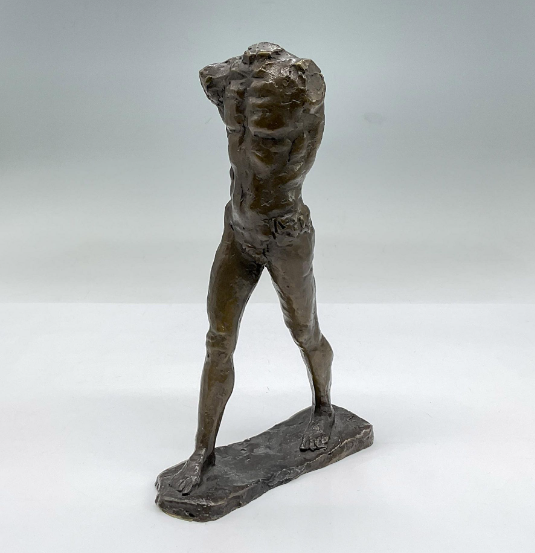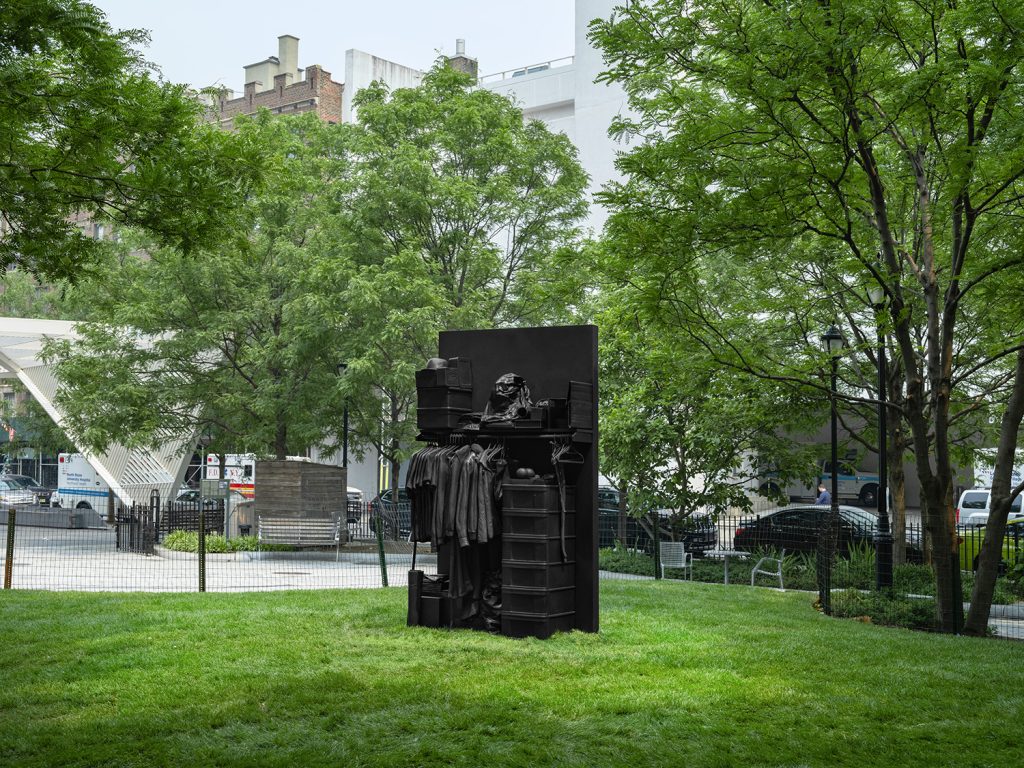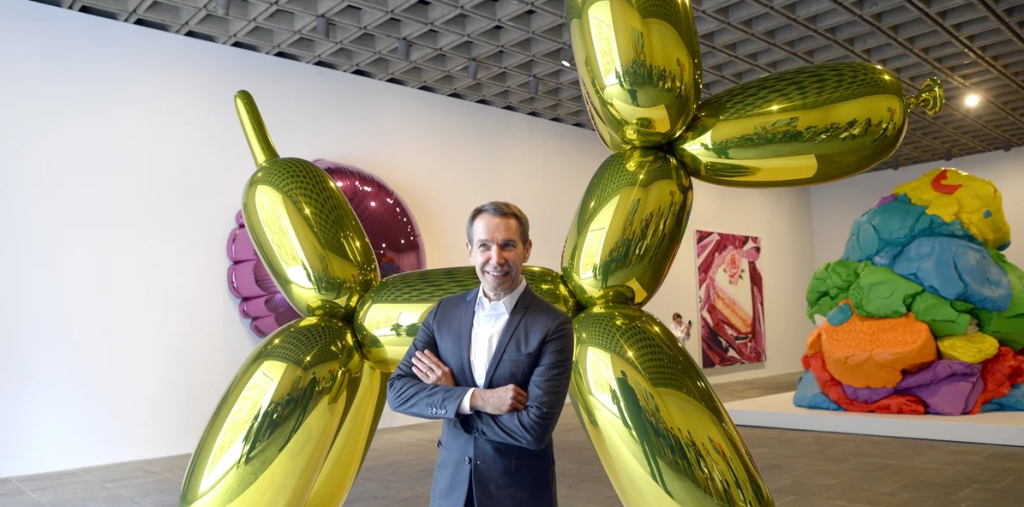In the Mind of Rodin: A Deep Dive into the Bronze Genius of ‘The Thinker’
Auguste Rodin’s “The Thinker” remains one of the most iconic sculptures of the modern era. Known for its compelling representation of introspection and the human condition, this bronze masterpiece invites deep reflection on art, philosophy, and the very essence of thought. Understanding Rodin and his work can enhance our appreciation for not just sculpture but the nuanced conversations about humanity that it fosters.
The Evolution of ‘The Thinker’
Rodin originally conceived “The Thinker” in 1880 as part of a larger work, “The Gates of Hell,” inspired by Dante Alighieri’s “The Divine Comedy.” Initially, the figure was meant to represent Dante himself reflecting on the souls in his poem. Over time, however, “The Thinker” evolved into a standalone piece, encapsulating the weight and intensity of contemplation. Its posture, with a hunched body and resting chin, conveys a profound depth of thought, symbolizing the struggle many experience when grappling with life’s questions.
The Technique Behind the Bronze
Rodin’s mastery in bronze casting is evident in “The Thinker.” He utilized the lost-wax method, which allows for intricate details to be captured in metal. This technique involves creating a wax model of the sculpture, encasing it in clay, and then melting away the wax to form a mold. The final result showcases Rodin’s ability to breathe life into metal, translating the emotional intensity of human thought into a tactile form. The texture of the surface, marked by his unique approach, adds a dynamic quality that invites viewers to reach out and connect physically and emotionally with the piece.
The Symbolism and Legacy of ‘The Thinker’
More than just a figure lost in thought, “The Thinker” has taken on broader cultural significance, becoming an emblem of intellectual pursuit and reflection. Its image appears in various forms, inspiring countless interpretations across literature, philosophy, and popular culture. The sculpture challenges viewers to engage in their own contemplations about existence, knowledge, and the human experience. Rodin’s genius lies not just in the aesthetic beauty of the work but also in its ability to provoke an internal dialogue, making it a staple of philosophical discourse as well as art.
In conclusion, “The Thinker” stands as a testament to Auguste Rodin’s innovative spirit and his profound understanding of human emotion. This bronze figure invites us to ponder our thoughts, challenges, and ideals. To explore more about Rodin’s oeuvre and the rich history of art, consider visiting a local museum or diving into literature on the subject. Engaging with art can uplift our understanding of ourselves and the world around us!


